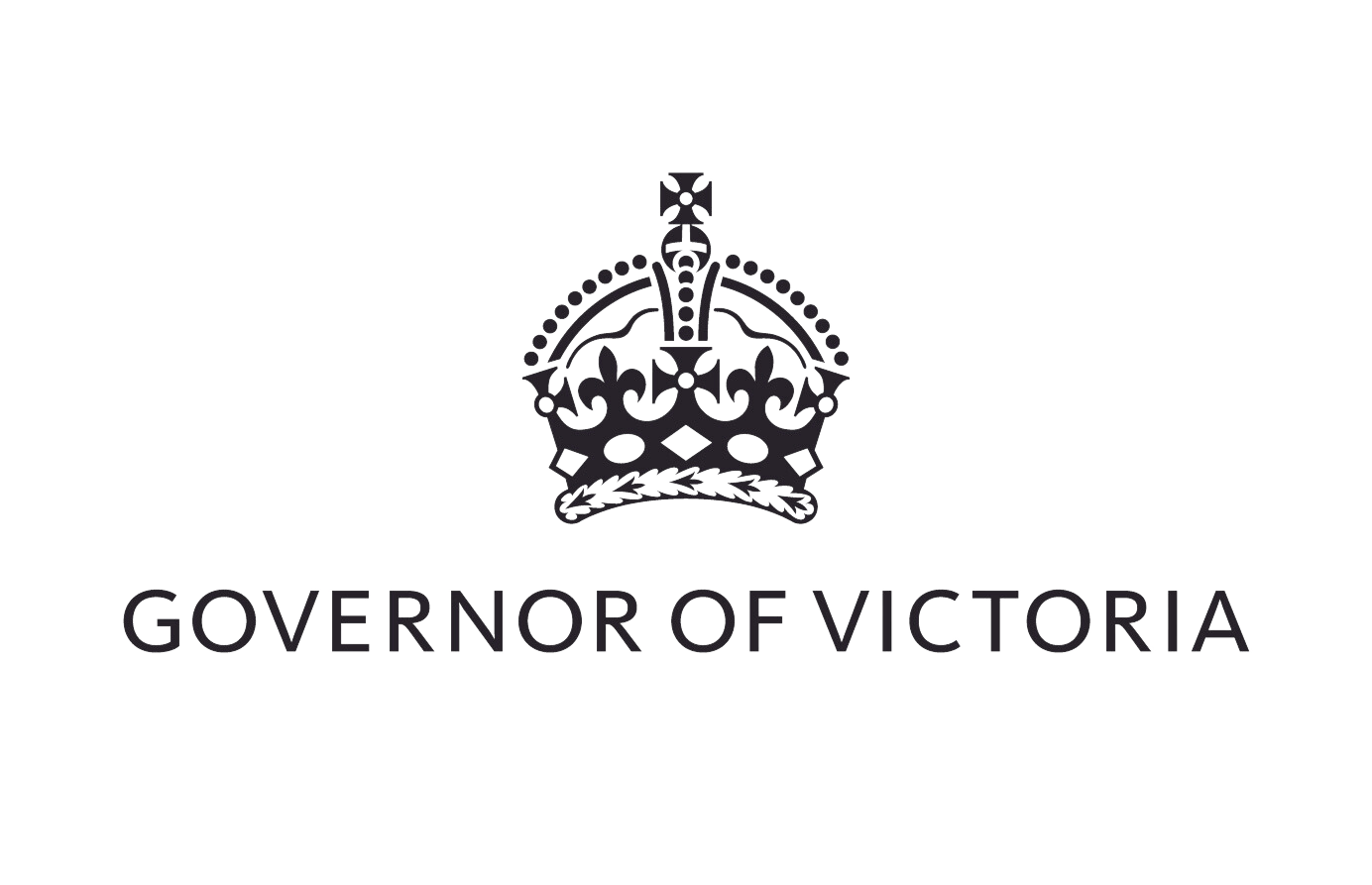Speech given by the Governor at the Castlefield War Services Estate Centenary event
Let me begin by acknowledging that we meet on the lands of the Bunurong people of the Kulin Nation and pay my respects to their Elders, past and present and recognise any Elders of Aboriginal nations who are with us today.
In 1917, when the guns finally fell silent, the world paused, if only for a fleeting moment.
But even amidst the celebrations and the catharsis that attends the end of major conflicts, a stark fact remained for the around 78,000 Victorians who were still overseas: there was a life beyond the war in which they were consumed.
But what would that life look like?
For many soldiers, their formative years had been spent in that war, in trenches battling gunfire, gas and disease.
And while there was physical damage for many, mental trauma that attended that conflict was at the time pervasive but not well understood or acknowledged.
Their friends, their families, the hometowns to which they returned had changed – but so had they.
Whatever the weight of their war experiences, securing the promised prosperity and support on return to Australia would be, for so many of them, yet another struggle.
Some returned to work, trying to rebuild their lives.
Others continued to struggle – burdened by their past and an uncertain future.
We forget how limited social welfare was in those times, and so finding the means to survive was very tough.
Victoria, and Australia, recognised its moral obligations to these veterans – as they had fulfilled their obligations to all of us.
The War Housing Scheme was born out of this moral obligation, this duty.
We all know that farmer settlements had mixed success.
In fact the glimmers of hope and success in these schemes for returned soldiers happened more readily in the suburbs.
Castlefield Estate provided vital housing for so many veterans and their families – and as many of you will know from the history – it initially lacked proper roads, lighting and drainage.
Hard to imagine now.
It was new – it was standing there as an example of what could be rather than a reflection of what was.
The Castlefield Returned Soldiers' Progress Association were the ones that gave it shape, purpose and meaning.
As the Association stated 100 years ago, after successfully lobbying the local council for better infrastructure:
“Actions speak louder than words.”
And they did take action – through tireless work, fundraising and the cohesion that they built through that Association, The Castlefield Estate became a community – and it’s one that still stands to this day.
These streets, these homes are more than the bricks, the mortar, the bitumen, the building materials that created them and surround them.
They are a legacy to those first resident veterans and their families – and a testament to those who followed and preserved elements of this story.
This place is so important because it represents what was a real homecoming.
This was the peace that those who came back so desperately deserved.
I want to thank everybody involved for maintaining community and for recognising what was created and honouring that memory.
Thank you.
